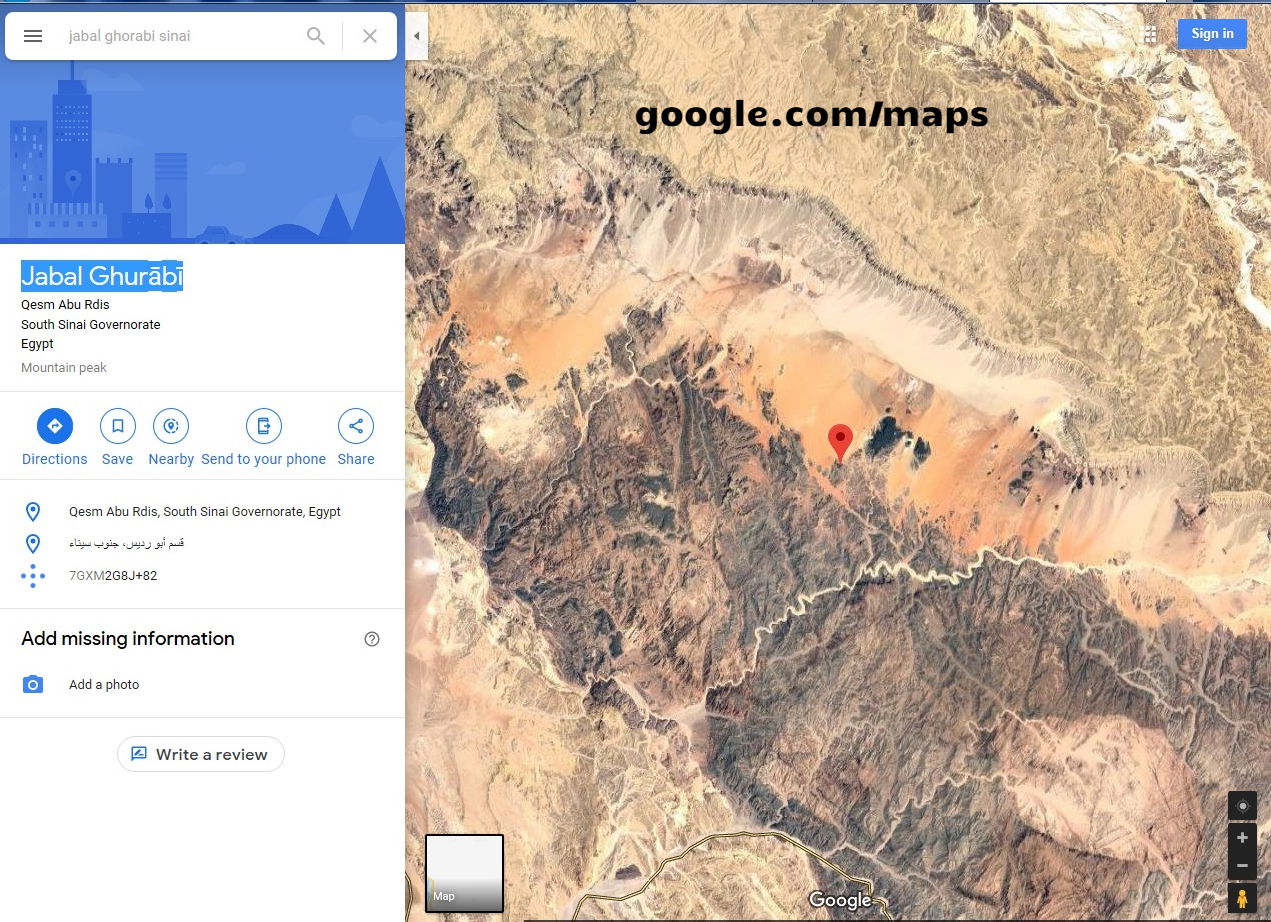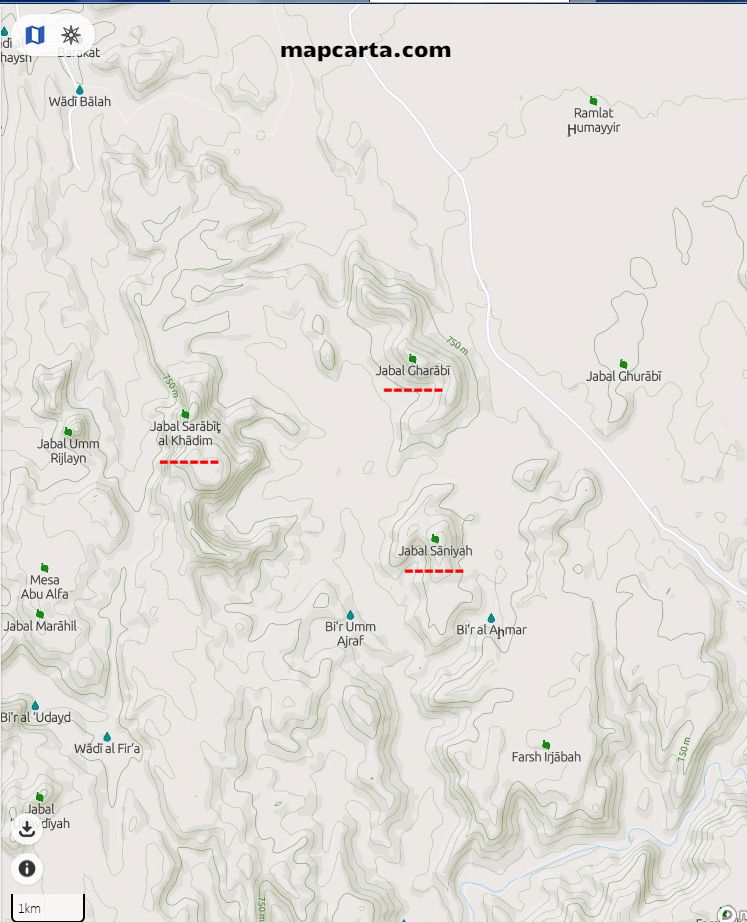Where Is Mount Sinai?

Question: The location of the Mount Sinai seems to be disputed. Is it?
Answer: Yes. However, the British Historian Lina Eckenstein says, “The passage of the Israelites through Sinai forms the most thrilling episode in the history of the peninsula… The study of the (Israelite’s Sinai) episode reviewed in the light of modern research, reveals an unexpected accuracy, and once more shows that tradition is of value in proportion to our power of reading it aright.”
Lina Eckenstein worked with archaeologist Fliders Petrie in the Sinai Peninsula and wrote “A History of Sinai”. Lina offers several place names in the Serebit el Khadim area of Sinai that suggest Mount Horeb and Mount Sinai were near. She writes, “The physical features of the place are in closest agreement with the requirements of Scripture.”
Near the mountain called Serabit el-Khadim are two other mountains in close proximity to each other, with a sandy area nestled between them. (The outstanding feature of Serabit el-Khadim is its twin peaks, which stand a little over 750 meters [nearly 2,500 feet] above sea level. There is a temple built on a part of the mountain dedicated to the Egyptian goddess Hathor, who was, among other things, the patron goddess of miners. Hathor is depicted as a cow or a humanoid female with bovine attributes. The temple is a tourist attraction in the modern world; it was hewn out of rock and is an impressive place to visit.)
Two other mountains, Jabal Sāniyah and Jabal Ghorâbi, reside near Serabit el-Khadim. Jabal or Gebel means mountain and it’s used in some Arabic place names. The three mountains are within a few kilometers of each other. (They can been seen quite easily on Internet maps, getamap.net is a good place to view them or mapcarta.)
Linguistically Jabal Sāniyah is similar to Mount Sinai, and Jabal Ghorâbi has a name that is close to Mount Horeb. Exodus 3:1 tells us that Moses came to a mountain called Horeb. If Jabal Ghorâbi is Horeb then it is located close to the sandy area that travellers would naturally walk through.
Walter R Mattfeld’s helpful research proposed that Dophkah is Qattar Dafari, (mentioned in Numbers 33:12 enroute to Rephidim). Walter's research suggests that "Mount Horeb is Jebel Ghorabi and nearby Jebel Saniya is Mount Sinai, both being just south of Jebel Serabit el Khadim."
Slightly to the south of Serabit el-Khadim is the Wadi Umm Agraf. The expedition of which Flinders Petrie and Lina Eckenstein were a part of, camped at the Wadi Umm Agraf. The last three letters of agraf and the last three letters of el-Khadim, “raf ” and “dim” could echo Rephidim.





